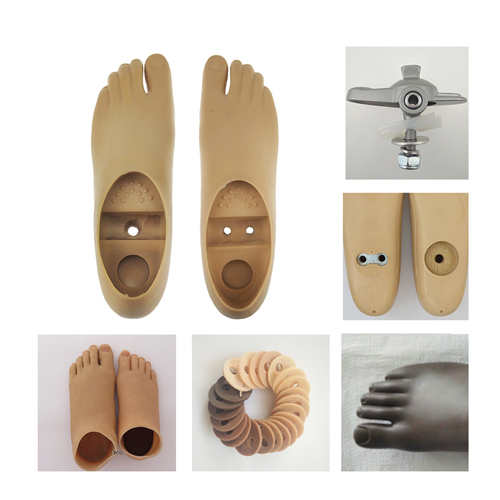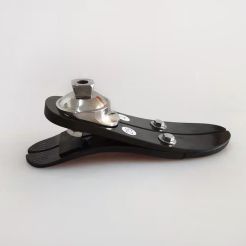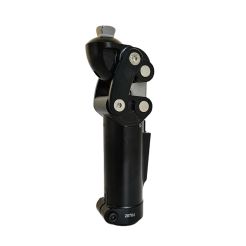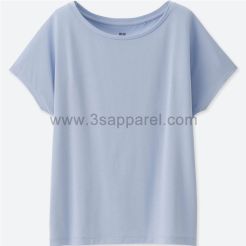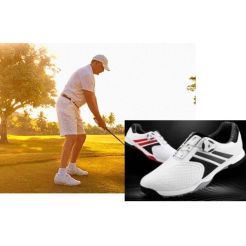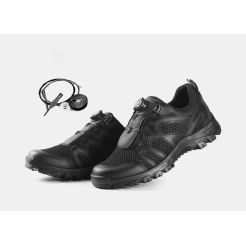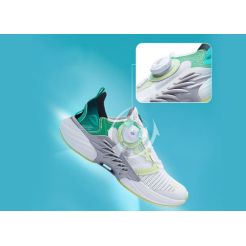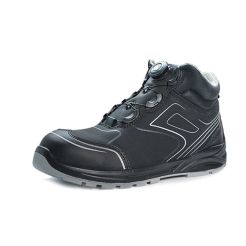single axis prosthetic foot
Product Description
https://www.sjzpfc.com/product-single-axis-foot.html
Single Axis Foot
Constructed from strong, lightweight composite materials and an advanced design, it provides state-of-the-art single-axle feet. 10% to 20% lighter than traditional single-axle feet, this low-mobility model features neutral, realistic, waterproof makeup and interchangeable front and rear bumpers with three durometers. Supplied with moulded titanium pyramids.
The unique design feature of the single axis foot is a single articulating joint set at or slightly below ankle height.
The joint allows the toes to be raised (dorsiflexion) and lowered (plantarflexion) relative to the tibia. The amount of movement is determined by a rubber cushion within the ankle unit.
The cushion absorbs shock and cushions the user as he transfers weight from heel touch to toe off.
Overview
1. Item no : 1H40
2. Material : Polyurethane
3. Color : beige
4. Weight : 140-500g
5. Heel height : 10+/-5mm
6. No. range : 21-28cm
7. Weight up to : 100-125kg
8. Quality : have past the one million times bent no break test.
9. We can do the custom service as your sample
Key features and characteristics of a single-axis foot:
Structure: A single-axis foot typically consists of a rigid structure made from materials such as carbon fiber, fiberglass, or plastic. It is designed to provide stability and support to the individual during walking or other activities.
Ankle Flexion and Extension: The single-axis foot allows limited ankle flexion (dorsiflexion) and extension (plantarflexion). This movement enables a more natural gait pattern and helps with absorbing shock during heel strike and providing push-off during toe-off.
Simplified Design: Single-axis feet have a relatively simple design, with a hinge or pivot point located at the ankle. This design allows for basic movement and ensures durability and longevity.
Stability: The single-axis foot offers good stability and control during walking on even surfaces. The limited range of motion helps provide a stable base of support.
Lower Cost: Single-axis feet tend to be more cost-effective compared to more advanced prosthetic foot designs that incorporate multiple axes of movement or sophisticated features.
Appropriate for Certain Activity Levels: Single-axis feet are commonly used for individuals with lower activity levels, such as those who engage in basic walking and limited physical activities. They may not be suitable for individuals with higher activity levels or those who require greater adaptability to different terrains.
